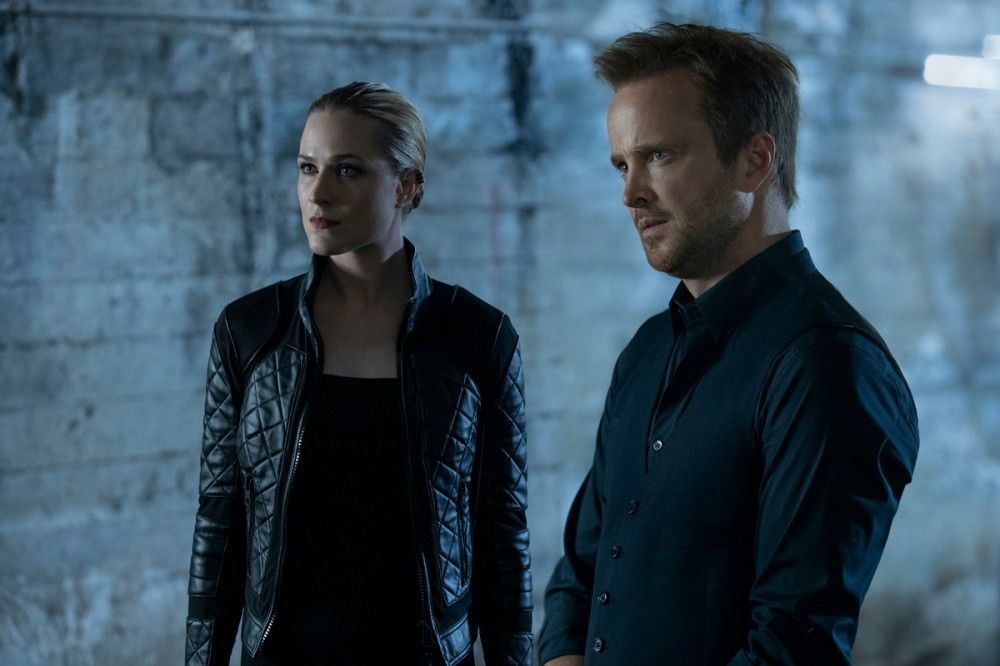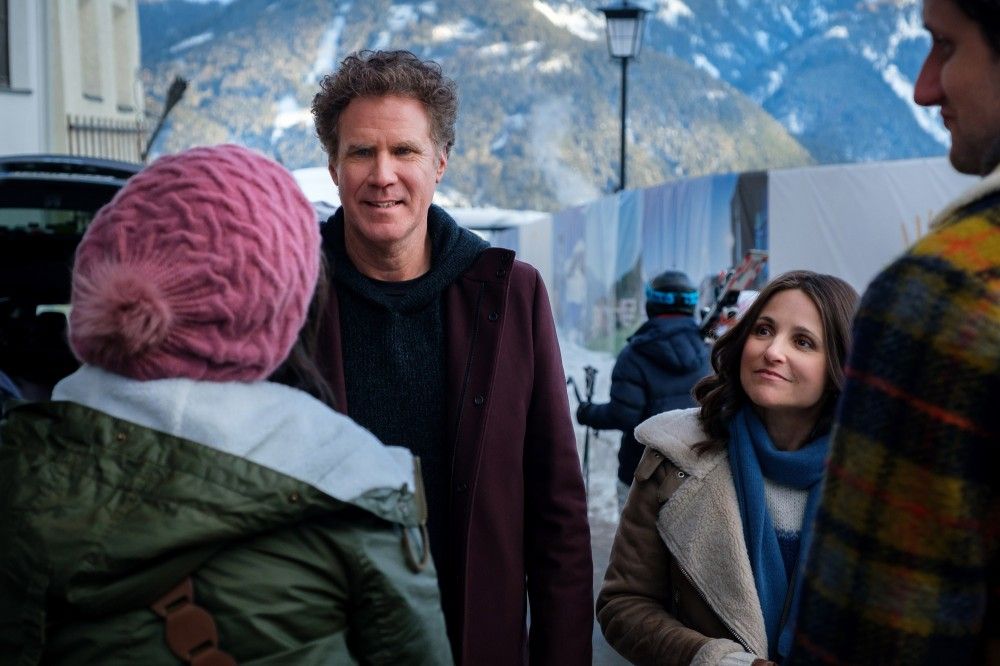
The Ronan Farrow Takedown in 'The New York Times,' Explained
In the media industry, where most employees toil in relative obscurity for low wages, is something of an anomaly: an investigative journalist who also happens to be a household name. Over the past few years, he’s broken countless stories holding men in power accountable, with the most notable example, his 2017 reporting on Harvey Weinstein for The New Yorker, earning him a Pulitzer. He’s authored a best-selling book, Catch and Kill, which is chock full of explosive allegations about powerful people and institutions. And he’s managed to do all of this at the tender age of 32. So it was only a matter of time before he became the subject of a scathing media takedown.
That takedown, which appeared in The under the headline “Is Ronan Farrow Too Good to Be True?” is authored by former BuzzFeed editor-in-chief Ben Smith, now the Times media columnist. The piece pokes holes in various allegations leveled by Farrow’s reporting, most notably in Catch and Kill, but it primarily centers on the claim that Farrow has built a brand on suggesting the existence of conspiracies that his reporting doesn’t back up. For the most part, however, it’s a prime example of the type of internecine media squabbling that is fodder for vitality and heated Slack debate, and as of Monday afternoon, Farrow was one of the top trending topics on Twitter.
What does the New York Times piece argue about Ronan Farrow?
In his piece, Smith lays out what he sees as various holes in Farrow’s reporting, both for The New Yorker and in his book Catch and Kill. Many of these errors stem from what Smith perceives as Farrow’s inability to properly corroborate or back up an account, relying on editorial tactics such as vague language to suggest corroboration that isn’t there.
In Farrow’s initial reporting on Harvey Weinstein, for instance, Smith says that Farrow quotes a woman named Lucia Evans, who alleges that Weinstein forced her to perform oral sex on him in exchange for acting opportunities. Farrow, Smith alleges, is vague about the sources corroborating Evans’ account, writing that “she told friends some of what had happened, but felt largely unable to talk about it,” failing to include an account from a key witness who told a New Yorker fact-checker that “something inappropriate happened,” but did not go into detail. The witness later changed her story to the NYPD, saying Evans had said her encounter with Weinstein was consensual, which later ultimately led to the dismissal of Evans’ sexual-assault charge against Weinstein. (He was convicted on other charges.)
Smith also alleges that Farrow failed to contact a key corroborating witness for an allegation against former NBC Today show host Matt Lauer, who was let go from the network in 2017 following sexual-harassment allegations. In Catch and Kill, Farrow recounts one of Lauer’s accusers tearfully telling a co-worker at NBC News about Lauer assaulting her. But Smith says that the witness was never contacted by Farrow or by the fact-checker for Catch and Kill, and that when Farrow spoke to the witness directly, he did not remember the scene as described in the book.
Smith also takes issue with Farrow’s depiction of himself in Catch and Kill as a victim of NBC News attempting to bury the Weinstein story. The book suggests that Weinstein essentially blackmailed the network into burying the story about him in exchange for suppressing information about Lauer. In response to this claim, the network has maintained that Farrow’s reporting on Weinstein was simply not well-sourced enough to pass muster, an allegation Farrow has refuted but which Smith’s reporting supports, citing an NBC employee who shared with him a copy of Farrow’s script for the Weinstein story that did not have any on-the-record, on-camera interviews.
Smith also makes much of a call recounted in Catch and Kill between Farrow and a campaign representative for Hillary Clinton, who had received many donations from Weinstein and referred to the allegations against him as a “concern.” Although Clinton’s campaign representative told Smith that the team had been planning to collaborate with Weinstein on a documentary film and was merely trying to suss out whether the allegations against him had merit, Farrow’s interpretation in Catch and Kill is that the Clinton campaign was trying to protect Weinstein, citing their cancellation of an interview with Farrow as proof. He reiterated this interpretation in an interview with Rolling Stone, saying he saw the conversation with the Clinton campaign representative as “another example of these circles of mutual protection of the most powerful people and the turns screwing, as word of my pursuit of the story leaked to political circles.”
Overall, Smith makes the overarching claim that Farrow has built a brand as a so-called “#resistance journalist” in the era of #MeToo by hinting at and suggesting conspiracies without citing any direct evidence to back them up. Farrow himself addressed this critique in an interview last year with Rolling Stone: “Conspiracies aren’t fake. Conspiracies happen all the time. Conspiracy is a legal term of art that produces tangible legal charges with some frequency. What I document in this book is not a conspiracy theory,” he said at the time.
Smith, however, takes this criticism one further, arguing that the suggestions of conspiracies at the heart of Catch and Kill are part and parcel of a larger cultural shift toward speculation and away from fact-based reporting. “We are living in an era of conspiracies and dangerous untruths — many pushed by President Trump, but others hyped by his enemies — that have lured ordinary Americans into passionately believing wild and unfounded theories and fiercely rejecting evidence to the contrary” Smith writes. “The best reporting tries to capture the most attainable version of the truth, with clarity and humility about what we don’t know. Instead, Mr. Farrow told us what we wanted to believe about the way power works.”
How did people respond to the New York Times piece?
On social media, many were highly critical of Smith’s piece, arguing that it constituted little more than nit-picking and that targeting Farrow, a journalist who has devoted much of his career to exposing malfeasance among people in power, was a waste of the paper’s energies. “Journalistic high-mindedness from @benyt, the guy who pubbed the Trump dossier without fact-checking a shred of it. and who later refused to retract the Trump-instructed-Cohen-to-lie-to-Congress story. Rich with irony and quite brazen,” investigative journalist John Carreyrou tweeted, referring to the controversy over BuzzFeed’s decision to publish the 17-page Steele dossier without verifying much of its contents.
Some, however, believed that Smith’s central claim — that Farrow’s work and its uncritical reception is evidence of the increasing popularity of a certain type of agenda-driven journalism — has merit. “What is particularly valuable about Smith’s article is its perfect description of a media sickness borne of the Trump era that is rapidly corroding journalistic integrity and justifiably destroying trust in news outlets,” the Intercept’s Glenn Greenwald wrote, adding that “journalists are now not only free, but encouraged and incentivized, to say or publish anything they want, no matter how reckless and fact-free, provided their target is someone sufficiently disliked in mainstream liberal media venues and/or on social media.”
Has Farrow responded?
In statements to The New York Times, both the New Yorker editor-in-chief, David Remnick, and Farrow’s publisher, Little, Brown, stood by Farrow’s reporting. “Little, Brown and Company fully supports Ronan Farrow and his reporting in Catch and Kill,” a spokesperson for Little, Brown told Rolling Stone. “Ronan’s dedication to a deep and thorough fact-check of his reporting, his commitment to the rights of victims and his impeccable attention to detail and nuance make us proud to be his publisher.”
On Twitter, New Yorker editor Michael Luo also posted a thread refuting many of Smith’s claims, such as the allegation that Farrow misrepresented a corroborating witness’s account for Lucia Evans’ story in the magazine’s Harvey Weinstein report. “We disclosed that the friend could not confirm specifics, except that she had witnessed the meeting between Weinstein and Evans. That the friend later said something different to prosecutors does not make our reporting any less diligent,” Luo said. “We take corrections seriously and would be happy to correct something if it were shown to be wrong. But Ben has not done that here.”
Farrow has also directly refuted many of the points made by Smith’s piece, such as the idea that he alleges a conspiracy on NBC News’ part to bury the Weinstein story. “Ben claims a central theme was whether Weinstein threatened NBC with Lauer info. Not central, and not what the book says,” Farrow tweeted. “The book establishes a pressure campaign against NBC, including talks between Weinstein and executives as they told me and my producer to stop reporting. As to whether Lauer information was one of the many levers used, the book accurately describes the sources at AMI and NBC who say so, and NBC’s contention that it wasn’t. The book doesn’t go beyond what the reporting revealed.”
“I stand by my reporting,” Farrow concluded.
Mon., May 18, 6:25 p.m. This story has been updated to include comment from Little, Brown.



